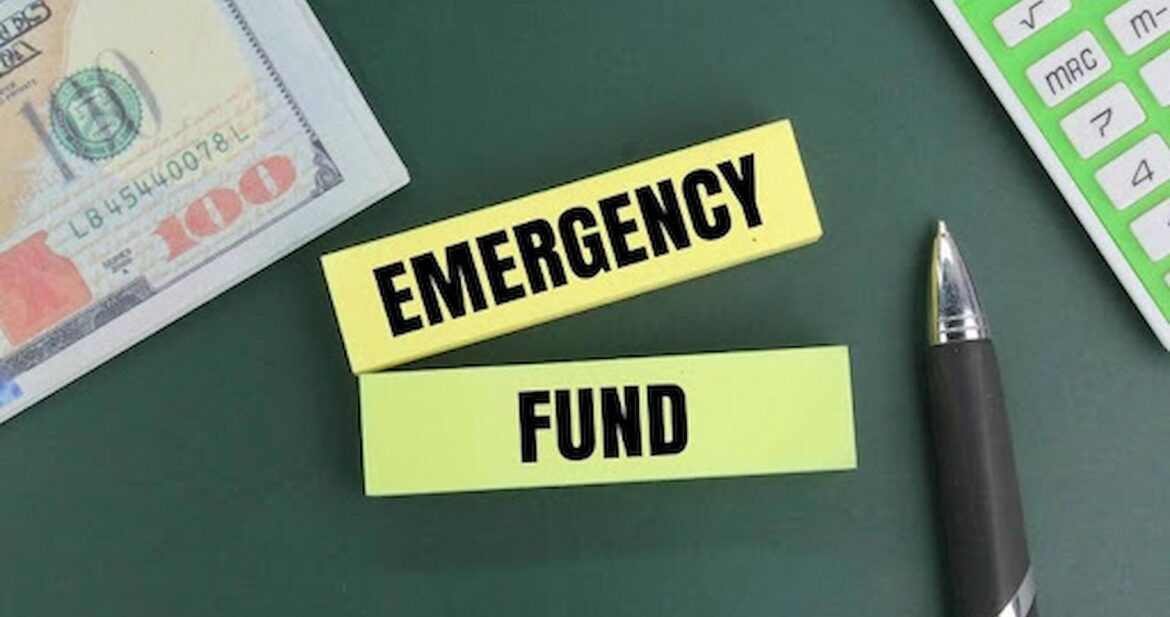Life is unpredictable. One moment, you may be cruising smoothly through your financial obligations, and the next, you’re hit with an unexpected expense that throws everything off balance. Whether it’s a sudden medical emergency, a car repair, or a home appliance breaking down, these unforeseen expenses can wreak havoc on your finances. In such moments of urgency, having access to emergency loans can make all the difference.
What Are Emergency Loans?
Emergency loans, also known as crisis loans or quick loans, are financial instruments designed to provide immediate funding during unforeseen emergencies. Unlike traditional loans that require extensive documentation and processing time, they are characterised by their rapid approval and disbursement process. These loans are often available through various financial institutions, including banks, credit unions, and online lenders, making them accessible to many individuals.
The Importance of Emergency Loans
Access to emergency funds can be crucial for maintaining stability and addressing urgent needs in times of crisis. Whether covering medical expenses, repairing essential assets, or bridging financial gaps during unemployment, emergency loans offer a lifeline for individuals facing unexpected challenges. By providing timely assistance, these loans help prevent financial crises from escalating and offer peace of mind in turbulent times.
Types of Emergency Loans
Emergency loans come in various forms, each tailored to address specific needs and circumstances:
- Personal Loans: Personal loans are a common type of emergency loan used for multiple purposes, including medical expenses, home repairs, and debt consolidation. These loans typically have fixed interest rates and repayment terms, allowing borrowers to budget effectively.
- Payday Loans: Payday loans are short-term, high-interest loans designed to provide immediate cash until the borrower’s next paycheck. While payday loans offer quick access to funds, they often come with steep fees and interest rates, making them a costly option for borrowers.
- Line of Credit: A line of credit functions as a revolving credit account that allows borrowers to access funds up to a predetermined limit. Unlike traditional loans, borrowers only pay interest on the amount they use, making it a flexible option for managing emergencies.
- Title Loans: Title loans involve using a vehicle’s title as collateral to obtain a loan. While they offer quick access to funds, failure to repay the loan can result in the loss of the car.
Considerations Before Taking Out an Emergency Loan
While emergency loans can provide immediate relief during times of crisis, it’s essential to consider the following factors before borrowing:
- Interest Rates and Fees: Different lenders offer varying interest rates and fees for these loans. Before deciding, comparing offers and understanding the cost of borrowing is crucial.
- Repayment Terms: Understanding the loan’s repayment terms is essential to avoid financial strain in the future. Evaluate your capacity to fulfil the loan repayment obligations within the designated timeframe.
- Alternatives to Borrowing: Before taking out this loan, explore alternative options such as negotiating payment plans with creditors, seeking assistance from community resources, or tapping into emergency savings.
The Application Process
One of the defining features of emergency loans is their quick application and approval process. Applicants can apply for these loans online or in person, depending on the lender’s preferences. The application usually requires basic personal and financial information, such as identification documents, proof of income, and banking details.
Online lenders often streamline the application process by offering digital forms that can be completed from the comfort of your own home. These platforms may also utilise algorithms to assess your creditworthiness and determine eligibility within minutes, making them ideal for urgent situations.
In contrast, traditional lenders like banks or credit unions may require additional documentation and have a longer approval process. However, they may offer lower interest rates and more favourable terms for borrowers with solid credit histories.
Managing Emergency Loan Repayments
While emergency loans provide immediate relief, developing a plan for repaying the borrowed funds is essential to avoid further financial strain. Here are some tips for managing emergency loan repayments effectively:
- Budgeting: Create a budget prioritising loan repayments alongside essential expenses like rent, utilities, and groceries. Allocate a portion of your income towards repaying the monthly loan to ensure timely payments.
- Automatic Payments: Consider setting up automatic payments through your bank or lender to ensure that loan repayments are made on time. It can help prevent missed payments and late fees, ultimately saving you money in the long run.
- Communication with Lender: If you’re experiencing difficulty repaying the loan, don’t hesitate to contact your lender for assistance. Many lenders offer flexible repayment terms and may be willing to work with you to find a solution that fits your financial situation.
- Avoiding Additional Borrowing: Resist the temptation to take out additional loans to cover existing debt. Instead, focus on repaying your loan and explore alternative strategies for managing financial obligations.
Conclusion
Emergency loans are vital in providing immediate financial assistance during unexpected crises. Whether covering medical expenses, repairing essential assets, or bridging financial gaps during unemployment, these loans offer a lifeline for individuals facing urgent needs.
However, it’s essential to approach loans with caution and responsibility. Before borrowing, carefully consider the terms and conditions of the loan and your ability to repay the borrowed funds within the specified timeframe. Explore alternative options and prioritise building an emergency fund to minimise reliance on loans in the future.







Leave a Reply
You must be logged in to post a comment.